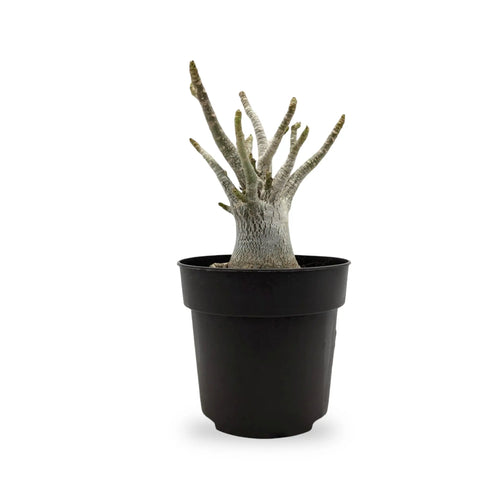
The Marvelous Monstera: A Popular Houseplant
Richard CaleNative to tropical forests ranging from southern Mexico through Panama, Monstera deliciosa is a large-leaved vine climbing up tree trunks and forest floors. The plant’s natural habitat is warm, humid rainforests and it originally evolved at the jungle’s floor before climbing upwards toward light as trees allowed. Today, this tropical plant grows abundantly across Central America and has gained popularity as a houseplant appreciated for its dramatic, perforated leaves.
Unique Physical Characteristics
The monstera or “Swiss cheese plant” is named for its large, glossy, leathery green leaves that develop signature holes and splits called fenestrations as the plant matures. These holes enable better air circulation. Smaller new leaves start out whole then steadily divide as the plant grows over many years. Mature monsteras can produce enormous 3-foot wide leaves on wild vines. These plants also produce fleshy fruit technically edible when ripe, though generally ornamental indoors.
Growth Habits and Needs
Monsteras grow as epiphytes derived from seeds deposited high in trees rather than soil. Indoors they appreciate mossy support poles allowing climbing and plenty of room for spreading leaves. Provide average room temperatures around 20°C and moderate sunlight avoiding direct harsh light which burns leaves. Water when partly dry. Monsteras enjoy humidity so mist regularly. Grow them in well-draining aroid potting mix amended with perlite and orchid bark for aeration.
Propagating and Repotting
Monsteras propagate readily from stem cuttings rooting in water then transferred to soil. Take 4-6 inch cuttings just below nodes where leaves emerge. Repot young monsteras annually in increasingly larger containers as vines lengthen. Mature plants may only need repotting every few years. Prune wayward growth to shape plants and propagate by trimming offshoots with aerial roots to create new plants easily.
Popular Varieties to Collect
Beyond the classic Monstera deliciosa, intriguing monstera varieties to collect include Monstera adansonii with smaller ovate leaves, Monstera siltepecana showing unusual elongated growth, rare Monstera minima with tiny leaves, and variegated Monstera Thai Constellation displaying cream-colored segments. Each cultivar offers unique twists on leaf shapes, textures and patterning, making collecting monsteras addictive.
Pests and Disease Prevention
Monitor monsteras for common houseplant pests like spider mites, aphids, and scale which pierce and suck juices causing stippling damage. Isolate and treat infestations immediately. Prevent by allowing soil to dry adequately between waterings. Insufficient light causes weak growth prone to pathogens. Good airflow controls microbes. Wipe leaves occasionally with mild soap and water solution to deter pests.
Air Purifying Qualities
NASA studies determined Monstera deliciosa is among the best plants for filtering out dangerous chemicals like formaldehyde, xylene, and toluene from indoor air through metabolizing them in their tissue. The large, perforated leaves provide ample surface area supporting this air cleansing effect. Let monsteras help detoxify your home passively through regular growth. Their beauty gives back.
Displaying Monstera Plants Creatively
Monsteras lend themselves to creative presentation in the home. Display juvenile plants atop pedestals to show off single dramatic leaves. Suspend mature plants from hanging planters where trailing vines can dangle freely. Espalier onto moss poles in a corner to climb. Place in front of blank walls for bold shadows and dimension. Contrast with modern decor for visual interest. Let imagination run wild showing off their tropical grandeur.









